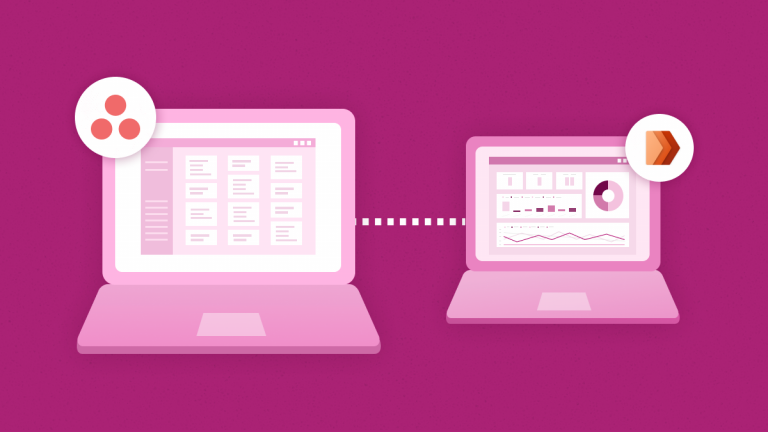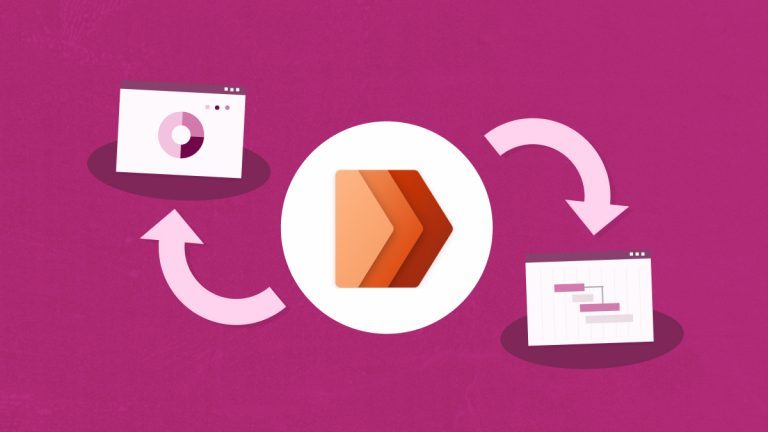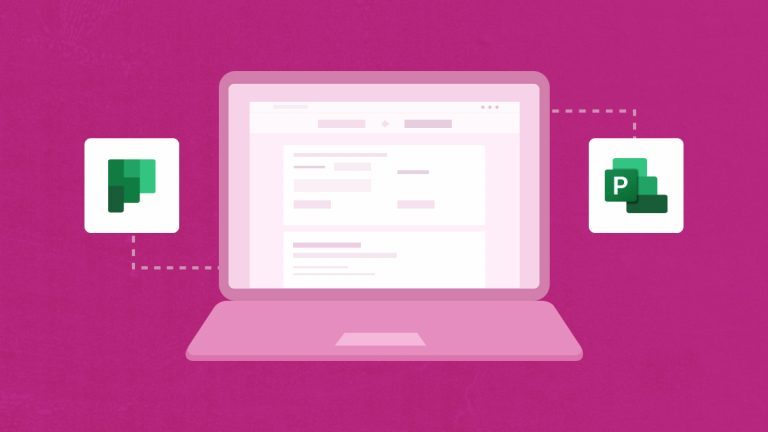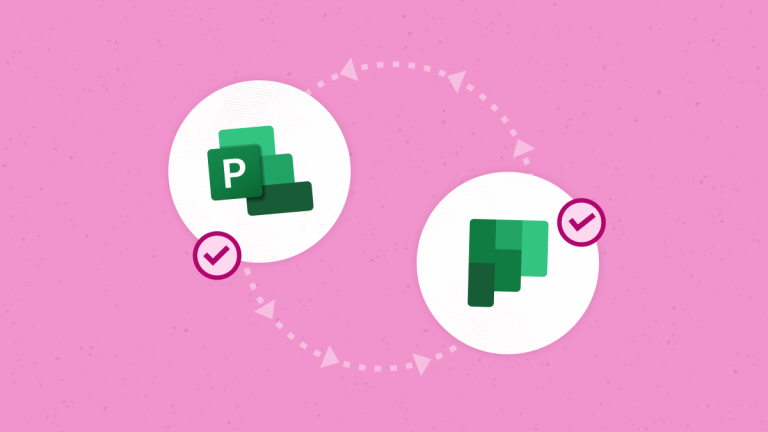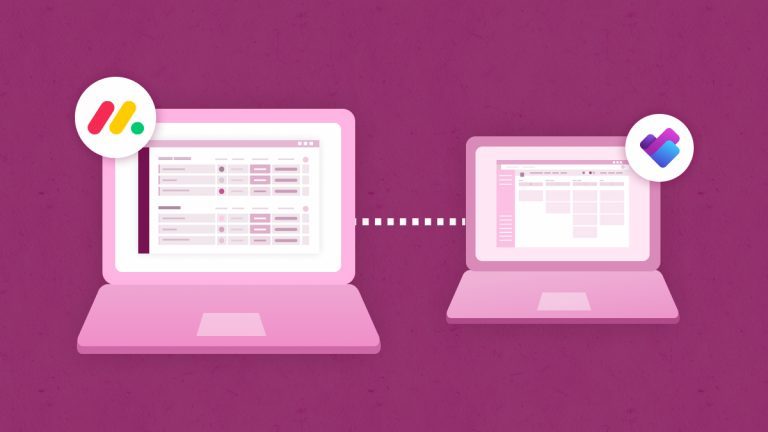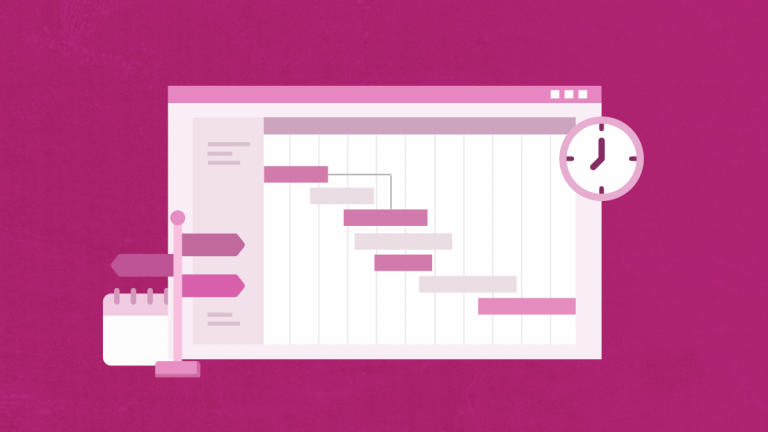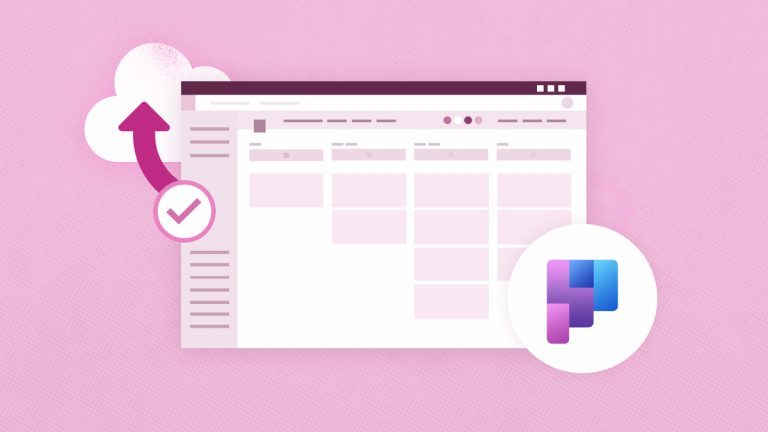
Elena Humeniuk
PPM Consultant
Microsoft Project for the Web provides project managers and team members with straightforward task management tools and allows users to produce and manage work of any size. Microsoft Project for the Web is a lightweight project management software good for brainstorming, managing marketing activities, tracking task progress, and prioritizing project timelines.
Project for the Web is built on the Microsoft Power Platform. Among the many features included in the bundle are Project Home, Roadmap, and an innovative web-based project management experience designed exclusively for informal project managers.
Pros and Cons
Below is a detailed list of Microsoft Project for the Web’s pros and cons.
Pros:
- Microsoft Project for the Web comes with a wide range of extensions. These extensions allow easy integration with Office 365 and other Microsoft products like MS Teams, Power BI, and SharePoint.
- Due to its simple features, it is suitable for beginners and informal project managers.
- Project for the Web is designed to handle tasks and related management, Kanban board, timelines, and cost.
- Microsoft Project for the Web provides advanced features like critical path analysis and Gantt charts.
- Resource management, costing, and capacity planning are some of the software’s best features.
- Project for the Web offers project managers enhanced project management and control options, including task scheduling, task updates, Kanban boards, and collaboration tools.
- Project for the Web functionalities are not just limited to portfolio management. The tool also provides portfolio analysis and prioritization, roadmaps, and project budgeting.
Cons:
- Due to the cloud solution, Project for the Web is not suitable for low-bandwidth environments.
- But even in environments where internet speed is not a challenge, it takes time to load multiple projects in Project for the Web. It can have performance issues, but improvements are being made.
- A variety of add-ons and license purchases are required to access advanced features or align with more functionalities.
- There are limitations in changing domains, principal usernames, and master page customizations.
- Project for the Web is only supported in SharePoint classic mode and has a quota of 25 GB per site. There are also limitations on how many tasks and projects you can have.
Project for the Web alternatives
Project for the Web vs. Project Online
Microsoft Project for the Web allows us to reimagine Microsoft Project and Project Online. One key advantage is that rather than rebuilding feature by feature, Project for the Web provides capabilities that meet the changing needs of work management. Microsoft Project for the Web Roadmap uses the tracking feature and customer feedback to ensure that they offer features that meet real customer needs.
Project Online is a more heavyweight tool that can often be too complex for organizations and team members than Project for the Web. Conversely, Microsoft Project for the Web is easier to manage while still including many features.
Read the detailed Project for the Web vs Project Online comparison here
Project for the Web vs. Planner
Microsoft Project Gantt Chart capability is one of the best compared to similar tools. When comparing Microsoft Project for the Web with Planner, Planner is a good fit for simple teams. In contrast, MS Project for the Web has more convenient features to handle medium complexity, dependencies, and costs.
Learn more about the Project for the Web vs Planner comparison
Other alternatives
With the market’s fast-changing requirements, project management tools are also getting an update and a bump in their number of users. In this regard, Project for the Web also has several alternatives that can act as significant competition. These alternatives include Asana, Monday.com, ClickUp, Wrike, and TeamGantt.
Many features give Microsoft Project for the Web an advantage over its competitors:
- Project for the Web has a good landing page called Project Home which provides a bird’s-eye view of recent and critical projects.
- Project for the Web’s three project views (Board, Grid, and Timeline) allow users to efficiently manage and track tasks, dates, and dependencies for better monitoring.
- Project for the Web enables users to define and track milestones.
- The Task Scheduling and Management feature allows users to define an accurate schedule of project dates using task start and end dates, work, and dependencies.
- Project for the Web allows users to set and track dependencies between tasks. Users can also plan and manage deliverables and phases with the Summary Tasks feature.
Conclusion
Project for the Web is the latest offering for cloud-based working and is part of the Microsoft project product family. Project for the Web (or simply Microsoft Project) has the work management capabilities to empower project managers and relevant team members to plan and manage tasks of any size or complexity. Built for the Microsoft Power Platform, MS Project includes Project Online Desktop Client, Project Online, Project Server, and Project Desktop. It also contains Project Home, Roadmap, and the easy-to-use web-based project management experience, which is helpful for informal project managers. While there are several alternatives like Asana, Monday.com, and Planner, MS Project for the Web is an excellent choice for beginners or informal project managers who want to manage medium-complexity projects with simple project management features.
Find out how
you can quickly and easily migrate to Microsoft Project for the Web


